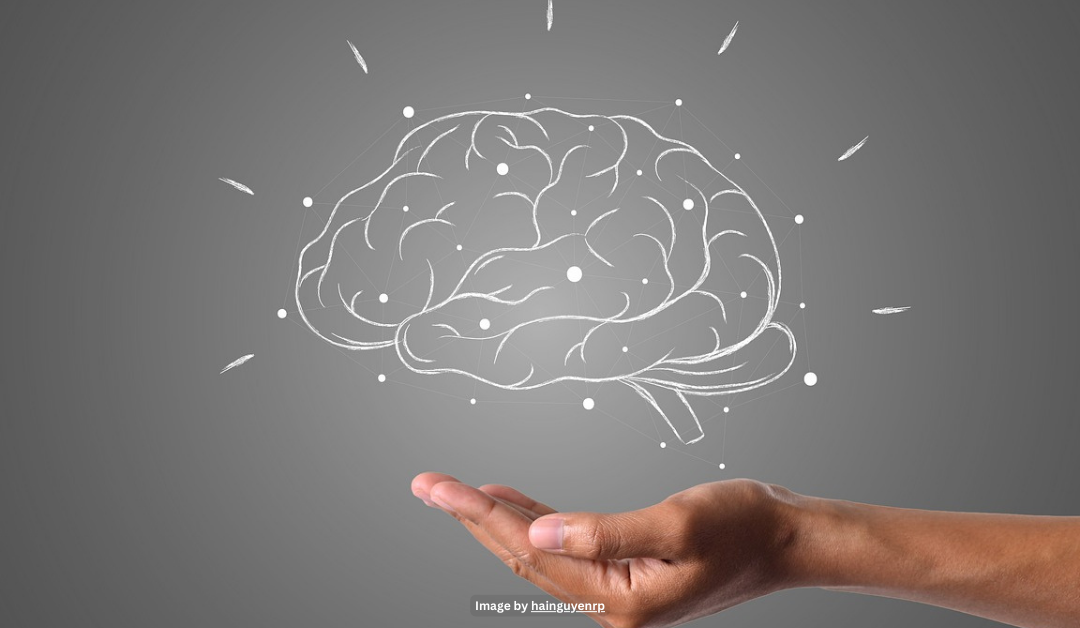June 24, 2024 | The Conversation via UVic News
While most people are no stranger to the on going battle with the toxic-drug crisis, there is another related issue that is impacting peoples lives – its just less talked about. In a recent article in The Conversation, researchers Mauricio A. Garcia-Barrera and Cole J. Kennedy, both from the University of Victoria, explain the link between non-fatal overdoses and brain injuries.
According to the article, unregulated street drugs that contain fentanyl “can be lethal to human brains.” This is due to fentanyl causing ineffective breathing to take place when it is ingested in high amounts, which in minutes can cause total or partial oxygen deprivation to the brain. Which may lead to neuronal death/damage, or hypoxic (or anoxic) brain injury. In the long term, hypoxic brain injury can cause problems with attention, memory, motor coordination, emotional regulation, and executive functions.
In addition, the impacted person’s self-awareness can also be affected, which means that traditional treatments for addictions may be harder for them to engage with and maintain due to cognitive deficits. The authors cited that most people will die by suicide or by drug poisoning before they receive the support they need.
Garcia-Barrera and Kennedy said that in order to combat this, we need to increase awareness in overdose-related brain injury, as well as fulfill the current gaps in the health-care system that would address this concern. This means providing integrated care for people with addictions and brain injuries so that they may have a better chance at successful recovery.
They also pointed to the need for “accurate recognition and diagnosis of brain injury” as a high priority after overdoses. A failure to diagnose brain injuries for overdose survivors results in them not knowing that they even have the brain injuries to begin with. This overall means that they are unable to receive services that will assist and support their rehabilitation.
On June 12, parliament passed Bill C-277, which is supposed to help in coordinating an approach “to improve brain injury awareness, prevention and treatment.”
Right now, Garcia-Barrera and Kennedy say that “prevention is the best intervention.” Recommending that we lean on harm-reduction services and Naloxone to decrease risk of secondary brain injury. They also stressed the importance of chest-compressions and rescue breathing to reduce risk of hypoxic brain injury.
Dr. Mauricio A. Garcia-Barrera is an associate professor within the department of psychology at the University of Victoria. He also holds the position of associate dean of research and graduate studies for the faculty of social sciences. His area of expertise is clinical neuropsychology. Currently, he is the director of CORTEX, which is a lab “dedicated to the analysis of human behavior and cognitive processing that is ‘executive’ in nature.” CORTEX’s research spans from ” developing a theoretical and evidence-based model of executive functioning that we call INTERACT” to “an exploration of psilocybin-assisted therapy for brain injury recovery,” for a more comprehensive list, we encourage you to check out CORTEX’s website!
Dr. Garcia-Barrera has also contributed to a number of articles within the topics of sports concussions, executive functioning, and clinical neuropsychology. If you’d like to learn more about the research that Garcia-Barrera has conducted, we recommend you check out his author page on our institutional repository, UVicSpace! Or if you’d like to learn more about executive function try searching for it in our “browse by subject” option on UvicSpace.

